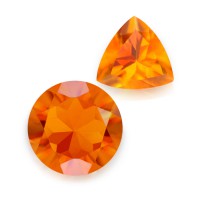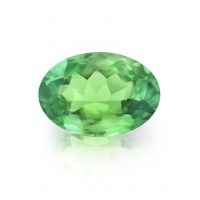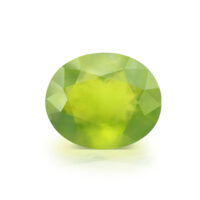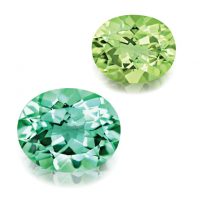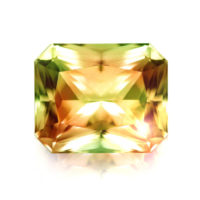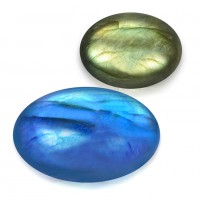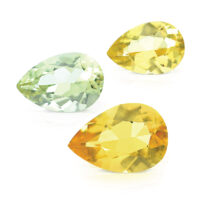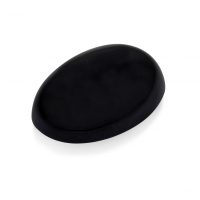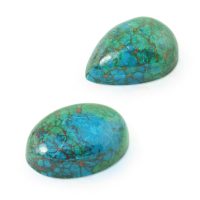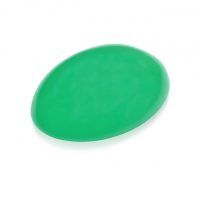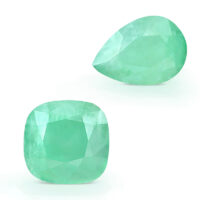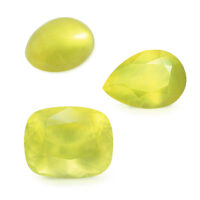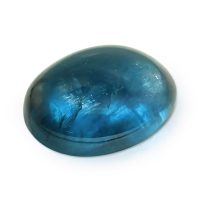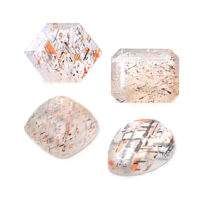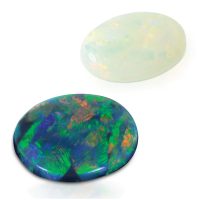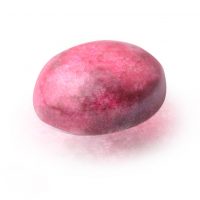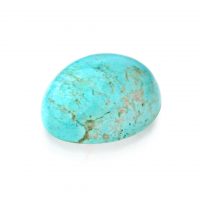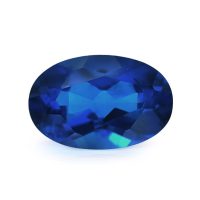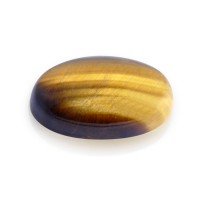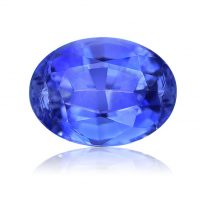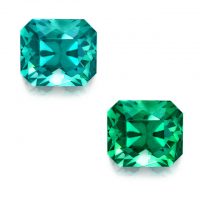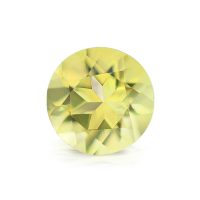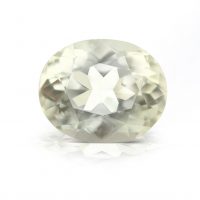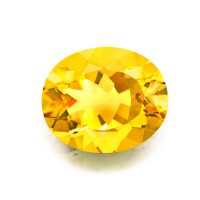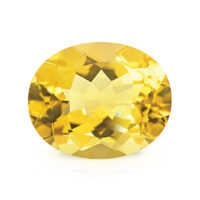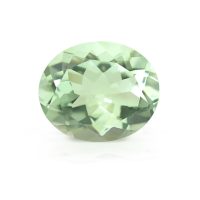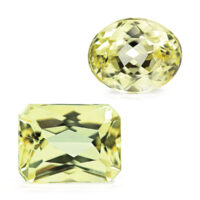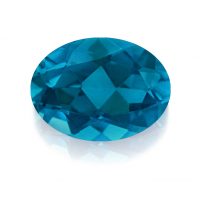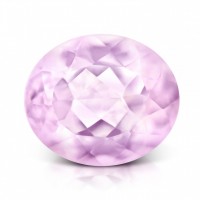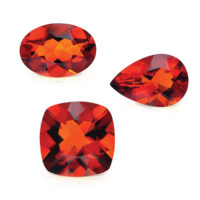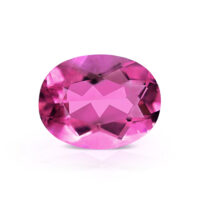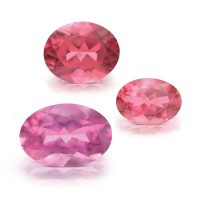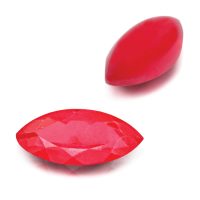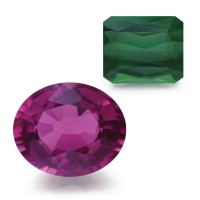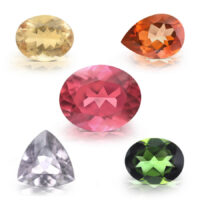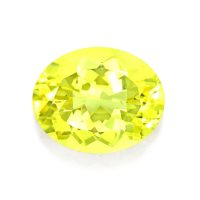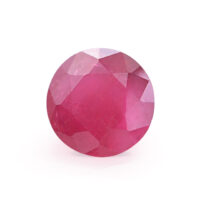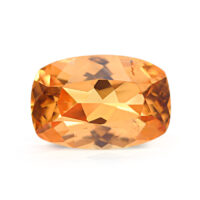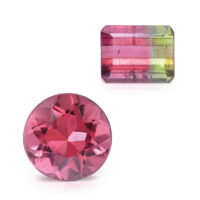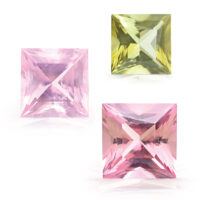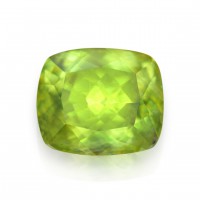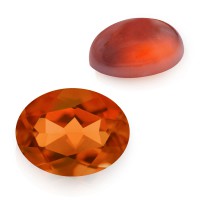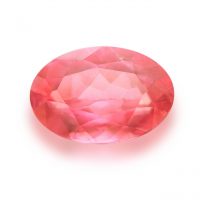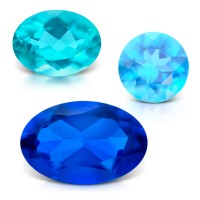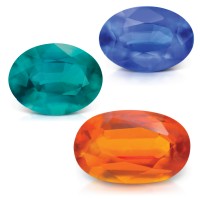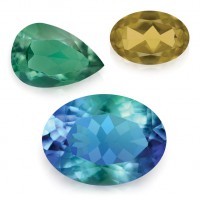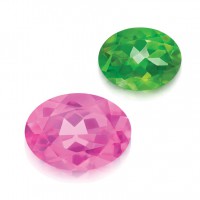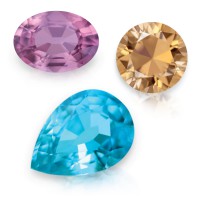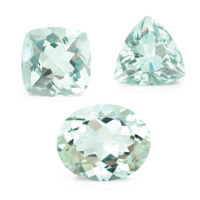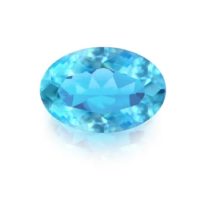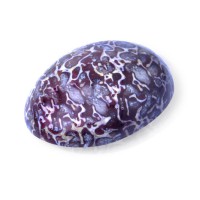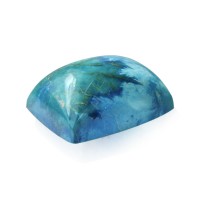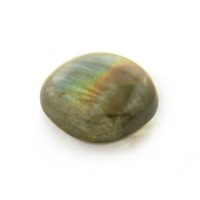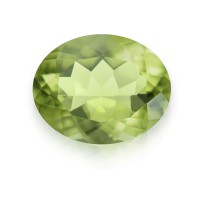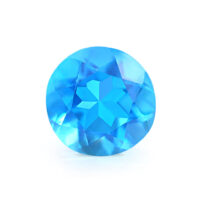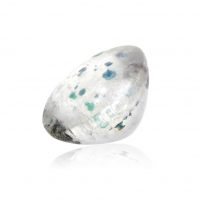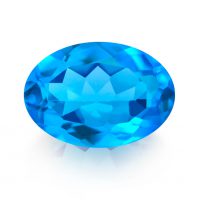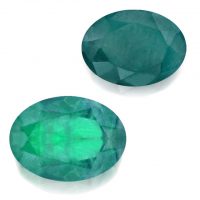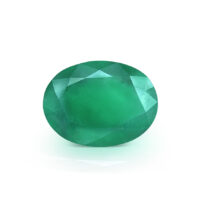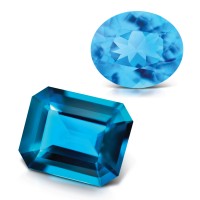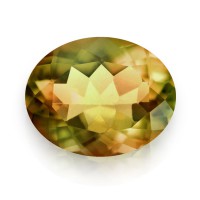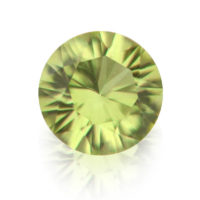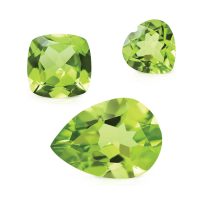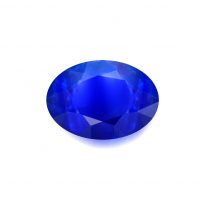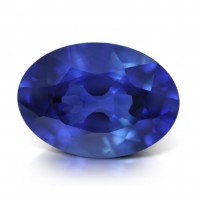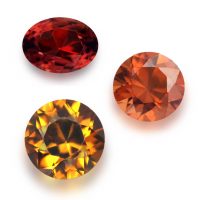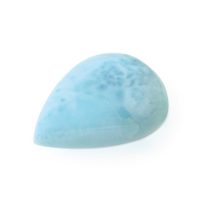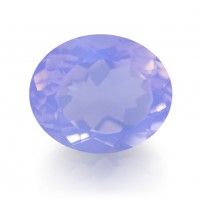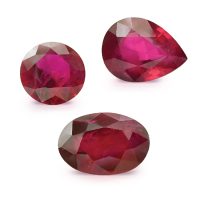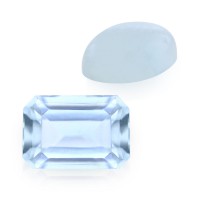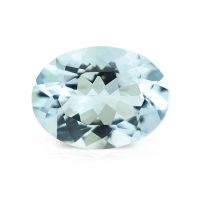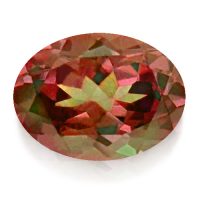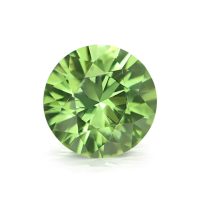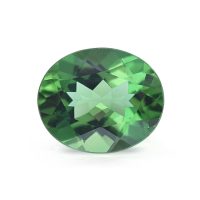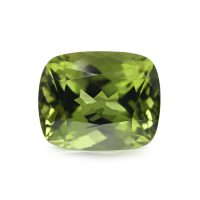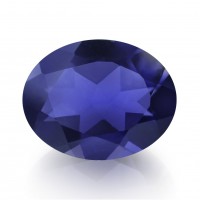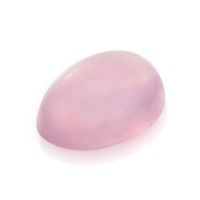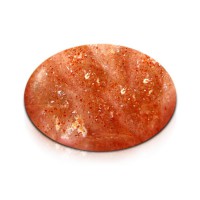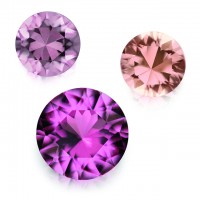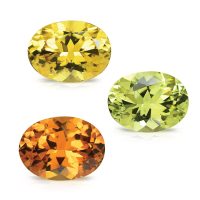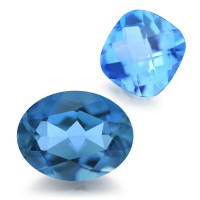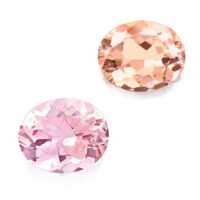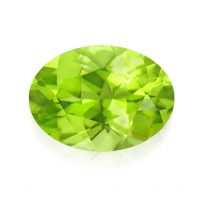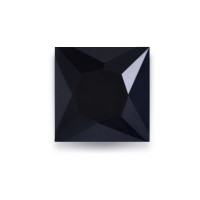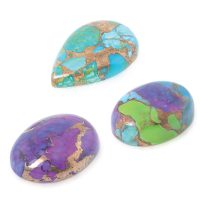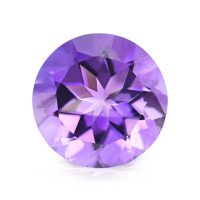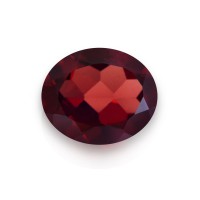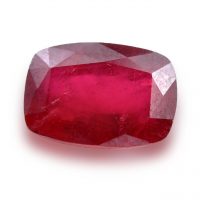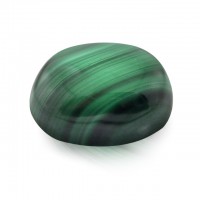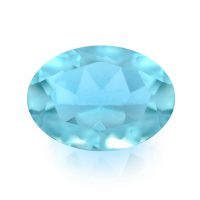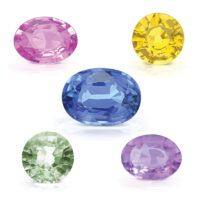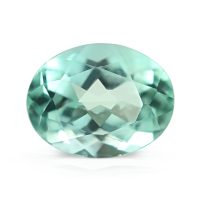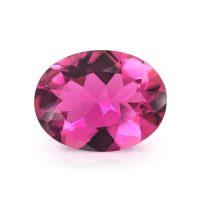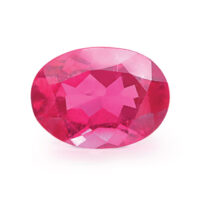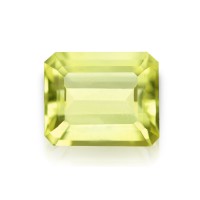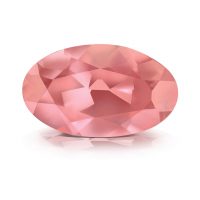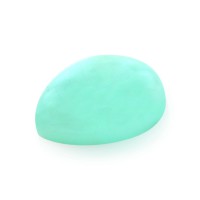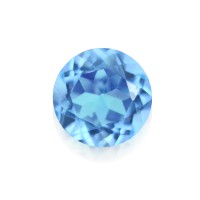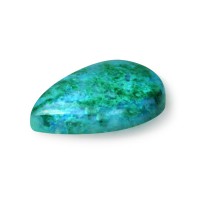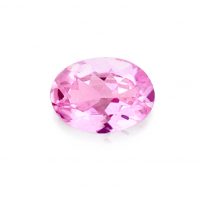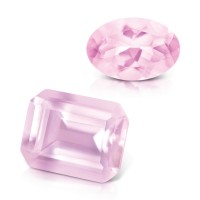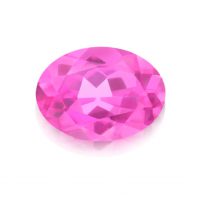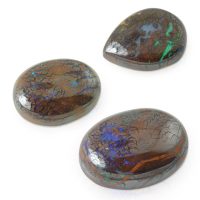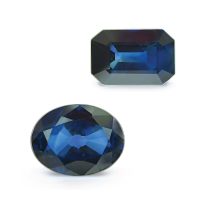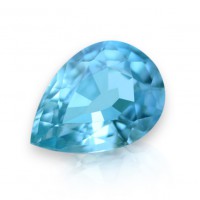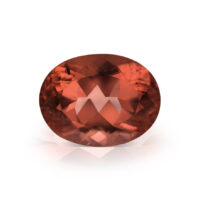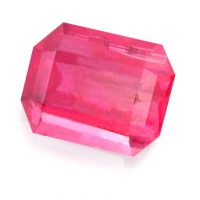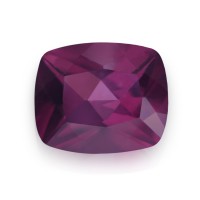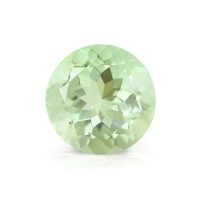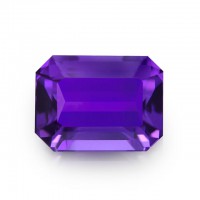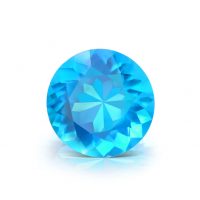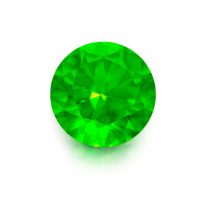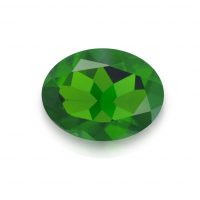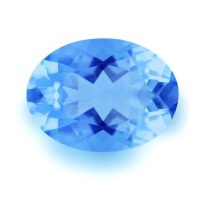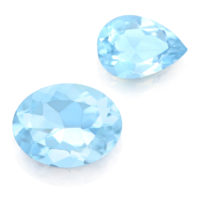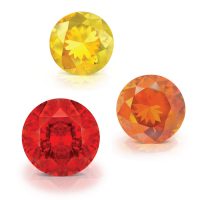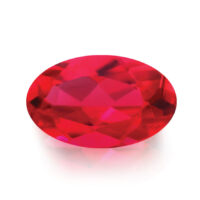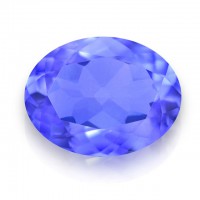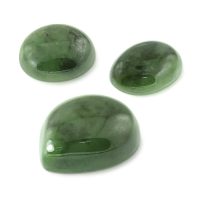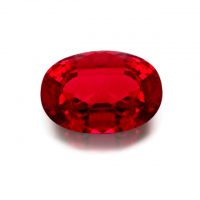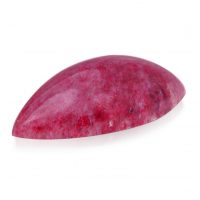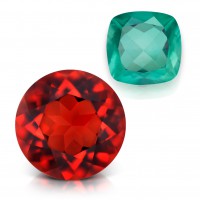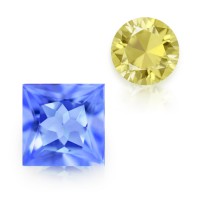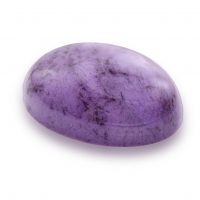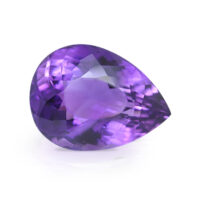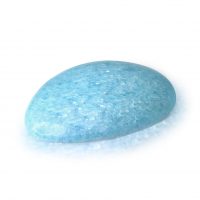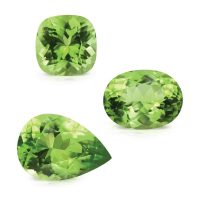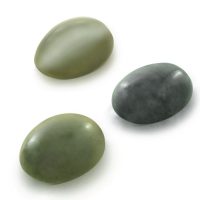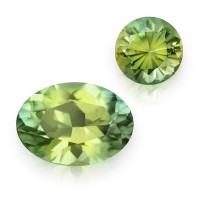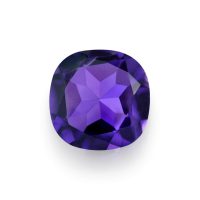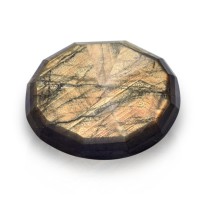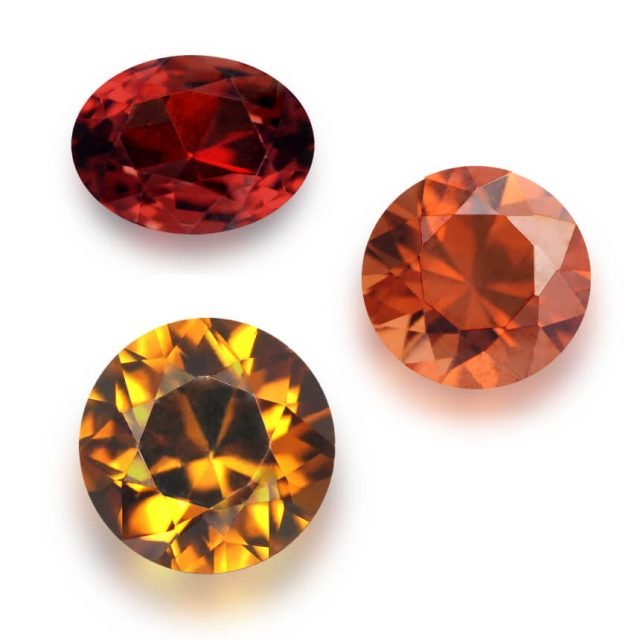

Kings Plains Zircon are beautiful, extremely scarce, deep-red, intense-yellow, and rich-orange gemstones from Kings Plains in the Australian state of New South Wales. Kings Plains Zircon embodies a gems’ quintessential ideals: genuine rarity, breathtaking beauty, and everyday durability; making it one of the world’s most coveted gemstones.
Hardness 7.5
Refractive Index 1.810 – 2.024
Relative Density 3.93 – 4.73
Enhancement None
Beauty
Kings Plains Zircon showcases gorgeous apricots, burgundy tangerines, golden ambers, and crimson cherries, sometimes with beautiful russet tints.
Zircon’s constant shift of attractive secondary colors is accentuated by its Diamond-like optical properties afforded by its high refractive index. Zircon has a sharp brilliance, excellent scintillation (play of light), Diamond-like luster (adamantine), and a high fire that adds both beauty and value (also known as dispersion, this is the splitting of light into its component colors). The most dispersive gemstones ranked in order are Sphalerite1, Sphene2, Demantoid3, Diamond4, and Zircon5. Zircon is also strongly doubly refractive (light splitting into two rays as it passes through the gem). This is immediately visible as a doubling of the facets, resulting in beautiful sparkling mosaic patterns and optical depth.
To maximize its inherent beauty and optical properties, Kings Plains Zircon requires optimal lapidary and an eye-clean clarity, the highest quality clarity grade for colored gemstones, with a superior polish resulting in a beautiful luster.
Zircon has been found in some of the world’s oldest archaeological sites, which is no surprise given the mineral’s durability. Incredibly, a tiny 4.4 billion years old fragment of Zircon discovered in Western Australia is the oldest mineral formed on earth. Perhaps it should be said that ‘Zircons are forever’!
Zircon is rich in history and legend, appearing in several ancient texts, including the Bible and the Hindu poem of the mythical Kapla Tree, which was bejeweled with leaves of Zircon. Some sources mention a Jewish legend that names the angel Zircon as the guardian appointed to watch over Adam and Eve in the Garden of Eden. Called by its ancient names, Ligure and Jacinth, Zircon gets several mentions in the Bible. Firstly, as one of the ‘stones of fire’ (Ezekiel 28:13-16) that was given to Moses and set in the breastplate of Aaron (Exodus 28:15-30) and secondly, as one of the 12 gemstones set in the foundations of the city walls of Jerusalem (Revelations 21:19). Andreas, the Bishop of Caesurae, who wrote in the late 10th century, was one of the earliest writers to link the apostles with the 12 gems of Jerusalem. He associated Jacinth (Zircon) with the Apostle Simon. According to its mythology, Zircon represents purity and innocence. Like so many other gems whose changes in their colors or luster are said to be indicative of their wearer’s mood, health or fate, Zircon’s loss of luster apparently means danger is looming.
As a jewelry gemstone, Zircon has enjoyed several peaks in popularity. In 16th-century Europe, Italian jewelers featured Zircon, and later it was also used in Victorian jewelry, but it wasn’t until the ‘roaring 20s’ that Blue Zircon got its first taste of modern popularity.
A gemstone since antiquity, Zircon is one of December’s birthstones. Ostensibly named after the element ‘zirconium’ present in its chemical composition, the gem name ‘Zircon’ was coined in 1783 by Abraham Gottlob Werner from the evolution of two etymologies; one is the Arabic ‘zarkun’ (red), another the Persian words ‘zar’ (gold) and ‘gun’ (color). However, don’t be confused by the colors indicated by its word origins. Zircon comes in an array of colors, including blue, champagne, cinnamon, coffee, cognac, golden, green, honey, orange, red, saffron, turmeric, white (colorless), and yellow. It also has an assortment of historical and commercial names, which can be confusing. Mentioned by Axel Cronstedt in 1758, Jargon is pale yellow; Jacinth is red and was named by Georgius Agricola in 1555; Hyacinth is yellowish-red (or perhaps even blue), and is from ‘Hyacinte’, named by Barthelemy Faujas de Saint-Fond in 1772; Matara Diamond or Ceylon Diamond is white; Starlite or Siam Zircon is blue; and Ligure, originally named ‘Lyncurion’ by Theophrastus in 300 BC, is apparently generic. Lastly, a gem that may have been today’s Zircon was called ‘Chrysolithos’ by Pliny the Elder in 37 AD. Unfortunately, Zircon is often unfairly confused with the cheap synthetic Diamond imitation, cubic zirconia. While their names sound similar and White Zircon was once regarded as an excellent Diamond alternative, this is where any similarity ends. Zirconium oxide was discovered in 1892, but it wasn’t until 1937 that cubic zirconia was discovered in its natural state. In nature, cubic zirconia’s crystals are way too small to be cut as gemstones, so the two German mineralogists who made the discovery didn’t even think the mineral important enough to give it a formal name. In the 70s, Soviet scientists at the Lebedev Physical Institute in Moscow perfected growing cubic zirconia crystals in a laboratory. They named the jewel ‘fianit’, but unfortunately for Zircon, the name didn’t catch on outside the USSR. The institute published their results in 1973 and by 1976, cubic zirconia was being produced commercially under the trade name ‘djevalite’. By the 80s, cubic zirconia was mass marketed as the Diamond substitute of choice. Gemstones are formed within the earth, not a laboratory. Remember, for a gem to be a gem it must be beautiful, durable and rare. As they can be made anytime, man-made gems are not rare, so are these ‘impostors from the factory’ even really gems? Zircon is a real gemstone and cubic zirconia is not, please don’t confuse the two!
Rarity
With its famous deposits in Cambodia, Nigeria, Sri Lanka, and Tanzania, Australian Zircon of a fine quality is extremely scarce. Discovered in 1854, the Kings Plains deposit is an ancient dry riverbed located northeast of Inverell. The last commercial operation working the deposit, the Wilson Gems Mine is fourth generation mine-to-market, whose principal miner, Jack Wilson, has been mining gemstones for over 50 years.
Apart from its renowned royal blue Sapphires, the mine also yields minuscule quantities of Zircon. Jack started collecting Zircon crystals in 1999, accumulating only four kilograms to date. Totally natural and unenhanced, Kings Plains Zircon is less than 0.25 percent of total mine production, with only 1.5 percent weighing over a carat. Environmentally friendly, the mine has been benchmarked by the Australian Department of Mineral Resources for its excellent rehabilitation methods.
Durability & Care
Kings Plains Zircon is a durable gemstone (Mohs’ Hardness: 6.5 – 7.5) well-suited to everyday wear. Always store Kings Plains Zircon carefully to avoid scuffs and scratches. Clean with gentle soap and lukewarm water, scrubbing behind the gem with a very soft toothbrush as necessary. After cleaning, pat dry with a soft towel or chamois cloth.
Map Location
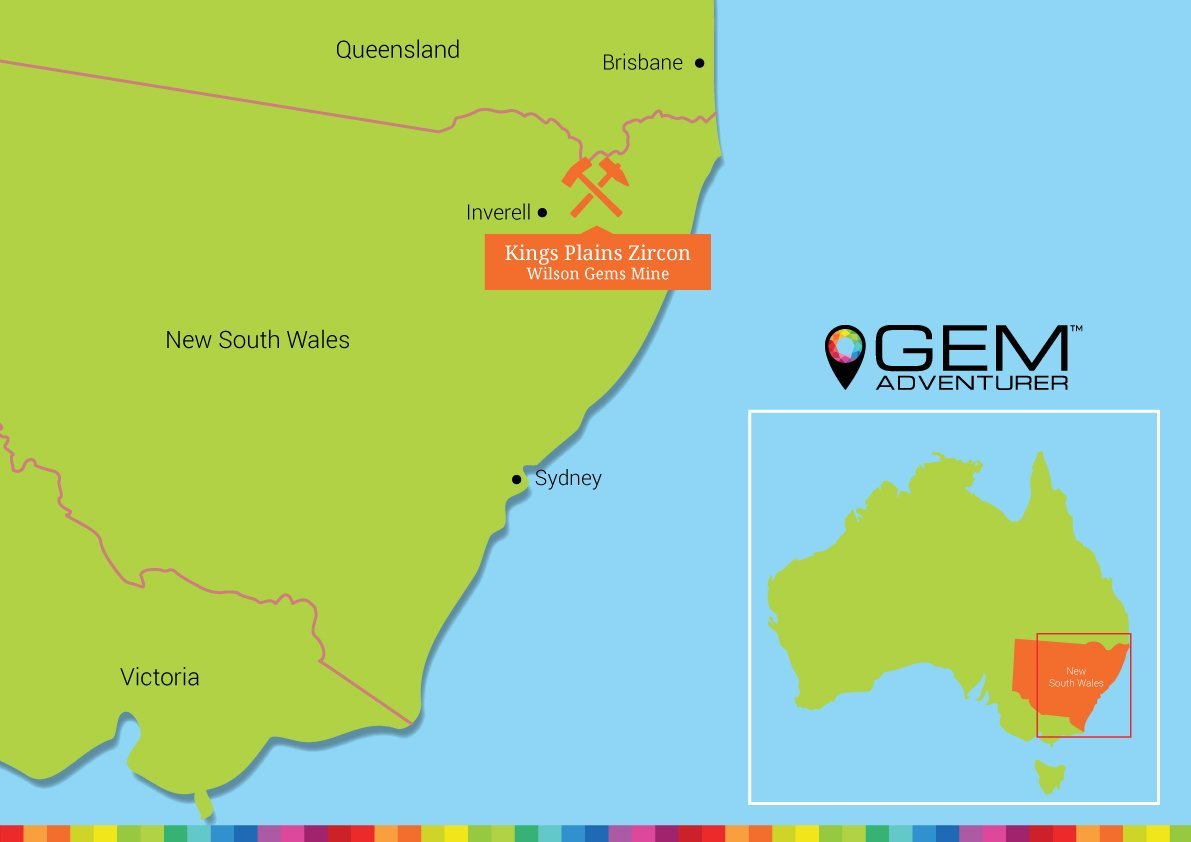
Click map to enlarge
